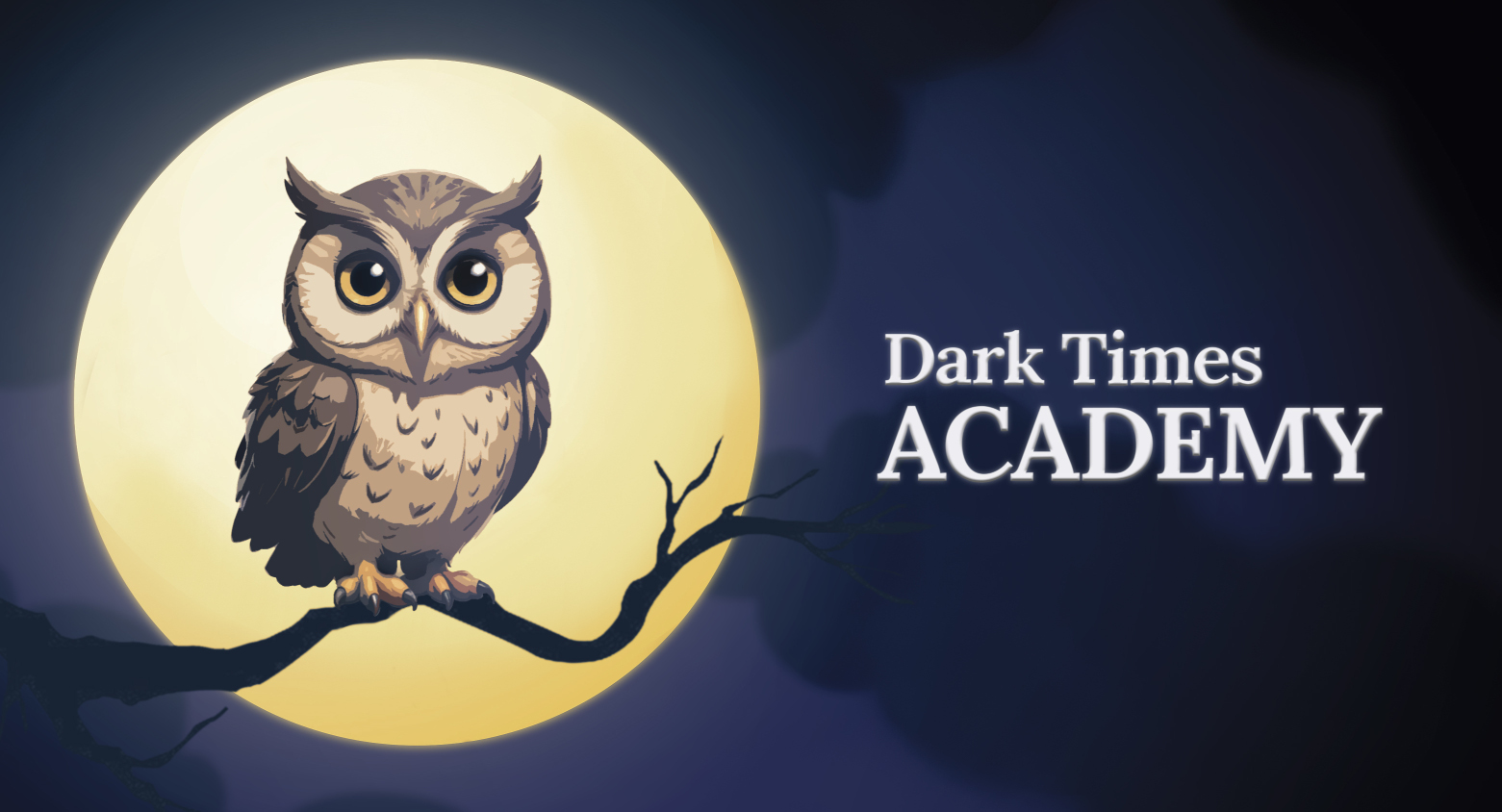
Your class is titled A Pedagogy of Possibility – critical reading and writing. What do you think is the most important thing for people to know about this course?
Essentially, the most important thing for people to know is that the course is designed to expand their understanding of both the process and purpose of critical reading and writing. It’s not just about analyzing texts and constructing arguments, it’s about fostering a mindset that sees reading and writing as dynamic, creative processes that open up new ways of thinking and understanding the world.
Students will engage with texts in ways that challenge conventional perspectives and explore diverse viewpoints. They’ll develop skills to think critically about not just what is said, but how and why it is said. This means questioning underlying assumptions, recognising biases, and considering alternative interpretations.
The course emphasises the idea that writing is not just a means of communication but a tool for shaping and reshaping thoughts and ideas. By practicing different writing strategies and experimenting with various forms, students will learn to articulate their ideas more effectively and creatively.
What do you think about the research that shows that screen reading hurts comprehension? And what strategies do you think people can use to overcome this?
Research suggests that screen reading might impair comprehension compared to reading print materials. Studies have found that people often read differently on screens, which can impact their ability to retain and understand information. For instance, screen reading can lead to more skimming and less deep engagement with the material. This is possibly due to visual distractions and increasing cognitive load.
From my own experiences as a scholar, teacher and writer, a critical reader and writer can use several strategies to overcome, including using digital annotation tools, practicing active reading, limiting distractions, taking breaks and mixing up reading formats.
What drew you to teaching in a community education context and what role do you think that community education plays in helping build communities resilient to disinformation?
Teaching in a community education context is deeply rewarding for several reasons. It offers a unique opportunity to engage with diverse groups of learners and address real-world issues in a practical and impactful way. For me, the appeal lies in the ability to connect with people from various backgrounds, share knowledge, and collaboratively address the challenges they face.
I believe that community education plays an important role in helping build communities resilient to disinformation. Essentially, community education serves as a foundational element in creating a well-informed, critically engaged populace. By equipping individuals with the skills and knowledge to navigate the complex information landscape, community education helps build resilience against disinformation and fosters a more informed and connected community.
Why do you think people should register to take this class with you?
People should consider registering for “A Pedagogy of Possibility – Critical Reading and Writing” for several reasons. It offers an innovative approach to critical reading and writing, focusing on critical thinking skills and creative expression, helping students engage with texts in dynamic ways. Through the course, you’ll become a more discerning reader and writer, your critical thinking skills will be enhanced, and it serves as a valuable tool for creative expression. Plus, it’ll be fun!
You are quite a prolific author! How do you incorporate a regular writing practice into your busy life?
Maintaining a regular writing practice when I’m a busy teacher, father and husband is a challenge. But it’s achievable as long as I set clear goals, create routines, treat writing like it’s any other important meeting, and break down tasks into manageable chunks. I have a dedicated writing space and I’m very organised. I have to be!
Register here.
